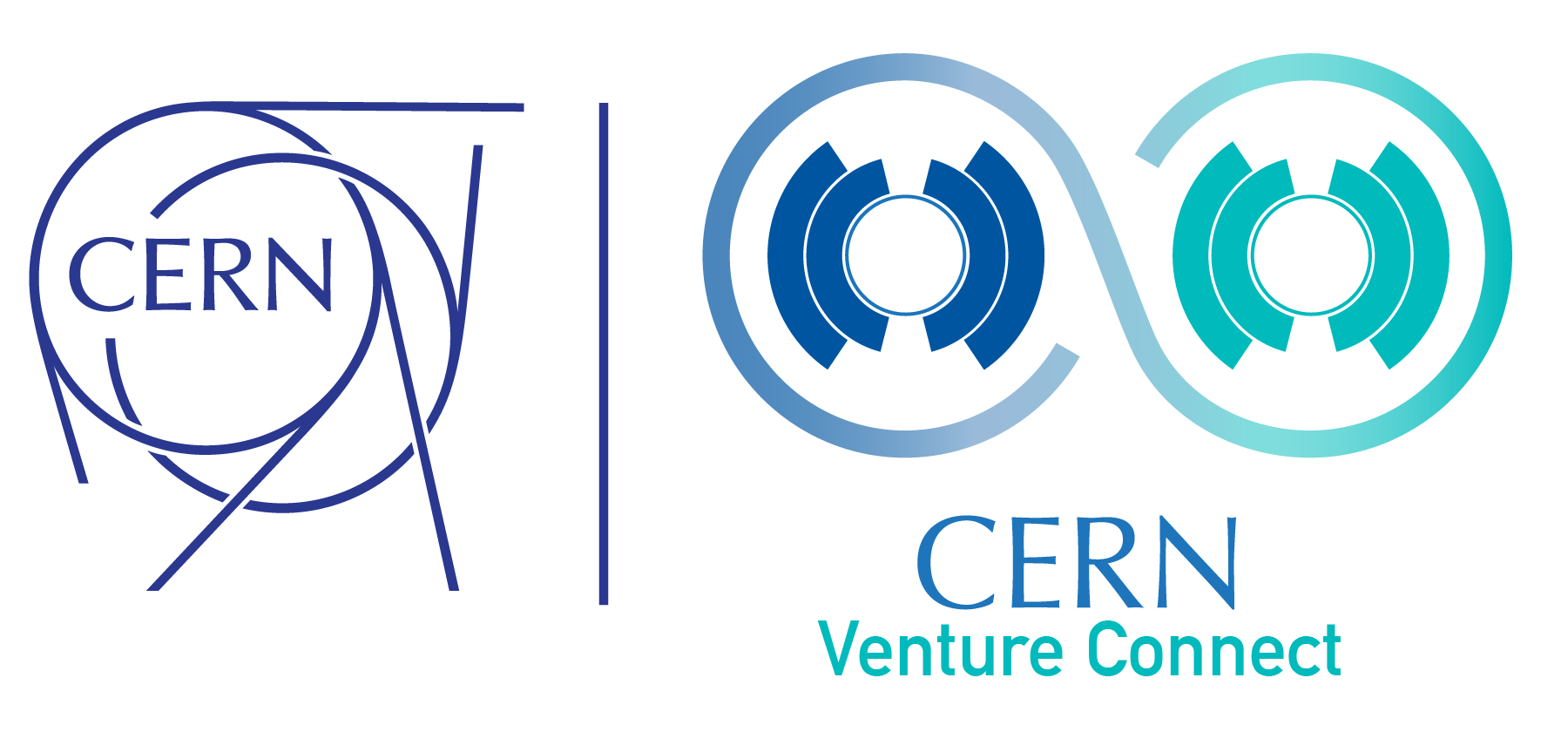Ultra-compact laser system designed for high-power output with spectral purity, capable of operating at virtually any wavelength.
The low-cost single frequency Brillouin/Raman laser technology exploits the Brillouin scattering effect to refine continuous wave integrated laser sources to their Fourier limit, producing ultra-narrow linewidths with remarkable stability. Unlike traditional single-frequency lasers, which require intricate optical arrangements and feedback control systems, the technology offers a streamlined, automated solution that simplifies the conversion of multi-mode lasers into single-frequency outputs.

The core innovation lies in the utilization of a Brillouin process within solid-state media such as Raman crystals, achieving single-mode operation without the need for additional optics or electro-mechanical controls. The laser operates within a Fabry-Pérot resonator setup, meticulously constructed to ensure intrinsic stability. This design enables the device to maintain a stable single-frequency output by carefully managing the pump laser focusing and selecting Raman media with optimal characteristics. The system achieves a high Raman gain in a single pass, essential for efficient single-frequency lasing. The choice of Raman crystals such as synthetic diamond or Ba(NO₃)₂ provides an exceptionally narrow linewidth, significantly enhancing spectral purity.
Advantages
Precision and Stability
Achieves high precision and stability without the need for complex stabilization techniques, ideal for applications requiring long coherence lengths.
Cost Effectiveness
Reduces the cost per unit significantly by leveraging existing laser sources and simplifying the conversion process.
Versatility
Offers multiple single-frequency outputs at various wavelengths simultaneously, enhancing its applicability across different fields.
